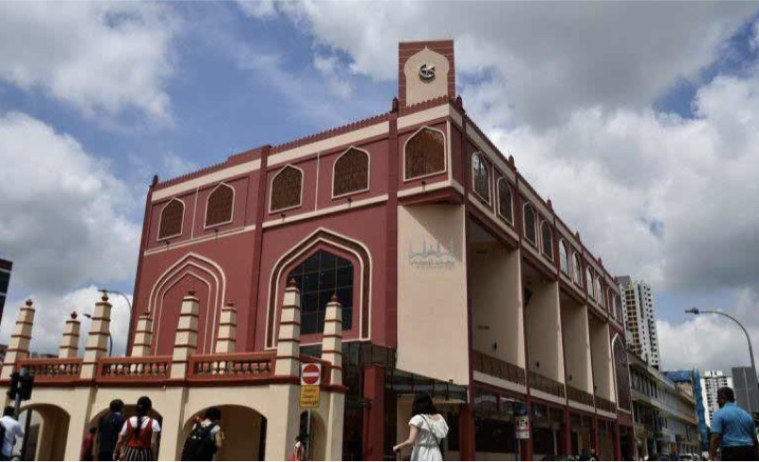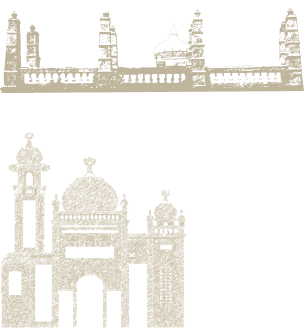Islam advocates sharing of wealth and equality of resources for the betterment of society. Muslims fulfil their call to philanthropy via three main instruments: the obligatory zakat (tithe), the voluntary sadaqah (charity) and the supererogatory wakaf (endowment). For the Angullias, it is the third that has enshrined their family name for perpetuity in the annals of Singapore’s history.
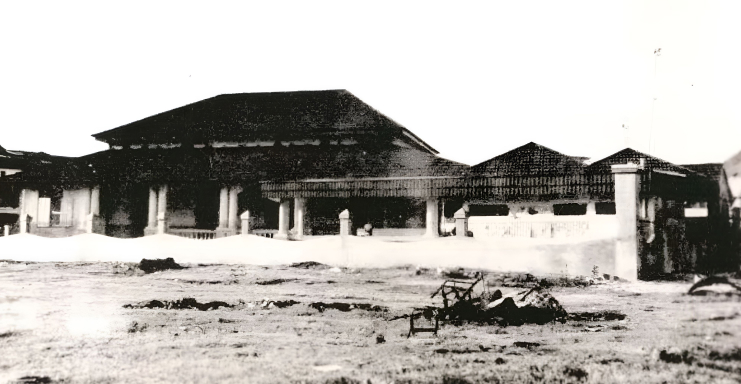
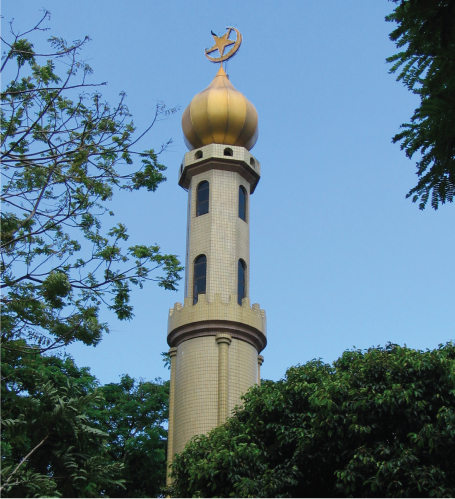
The MSE Angullia Wakaf is one of Singapore's largest Muslim endowments. It was established in 1898 by Mohammed Salleh Eusoofjee Angullia (MSE). After MSE's passing, his son Ahmed Mohamed Salleh (AMS) took over, and later his two sons, Mohamed and Kassim. In the 1960s, the management of the wakaf was transferred to British and Malayan Trustees Limited (BMT), with family members as co-trustees. In 2018, BMT stepped down as trustee, and the Islamic Religious Council of Singapore (MUIS) took over, while family members continued to assist with charitable activities as per the will.
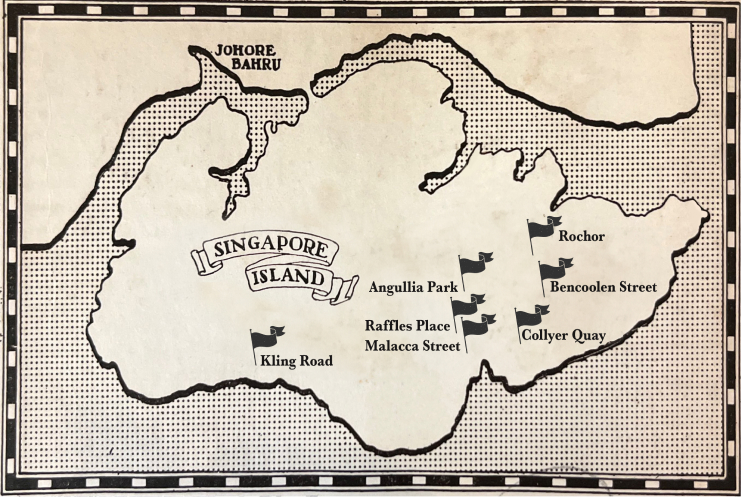
According to the provisions outlined in MSE Angullia’s Will, the income generated from the properties is allocated to various charitable causes.
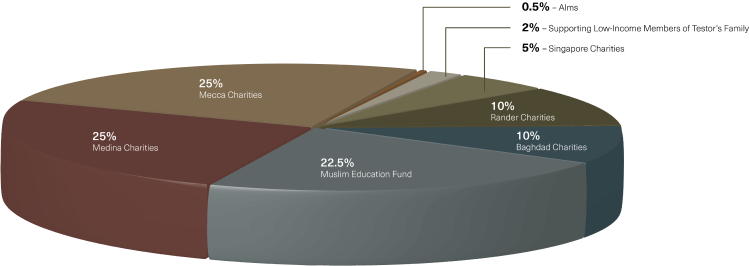
• Two shop units at Lucky Plaza, 304 Orchard Road, #01-104 & 105
• A shophouse on 8 Mohamed Sultan Road and apartments on the upper floors
• A shophouse at 1 Jalan Pisang
• 28 Balmoral Park, #04-07
• 475 River Valley Road, #04-06
• 5A Ridley Park, #07-01 Tanglin Park
• 14 Robinson Road, #05-01 Far East Finance Building
• 265 Serangoon Road, Angullia Mosque
The MSE Angullia Wakaf performs distributions in Mecca, Madinah, Baghdad, Rander and Singapore, strictly in accordance with the Will or Trust deed.
MSE Angullia was one of the founders of Rander Sunni Vohra Panchayat (RSVP), a charitable community association. MSE Angullia Wakaf distributes grants to the needy through its partnership with RSVP and the MSE Wakaf Sub Committee. They also maintain ancestral grave sites via RSVP and provide crucial support and medical equipment to the Charitable Hospital in Rander. Additionally, they offer funding to aid the underprivileged in Rander and a neighbouring hospital in Surat city.


MSE Angullia Wakaf donated towards the provision of cooked food for the poor and needy at the Maqam of Sheikh Abdul Qadir Al Jailani in Baghdad. This initiative is under the management and trusteeship of Darul Jailani International and the esteemed Sheikh Afeefuddin Al Jailani. In addition to these meals, the MSE Angullia Wakaf also distributes essential groceries and sundry items to disadvantaged households in Baghdad, under the management of Darul Jailani International and the esteemed Sheikh Afeefuddin Al Jailani.
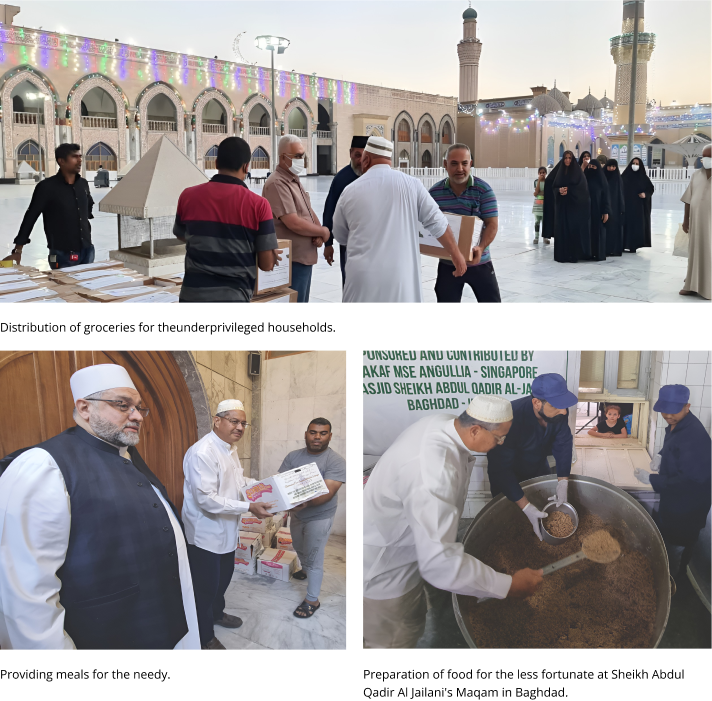
A large proportion of MSE Angullia Wakaf's distribution efforts is directed annually to Mecca and Medina. The MSE Angullia Wakaf generously provides water, juices and laban to pilgrims during the Haj season.
Additionally, the MSE Angullia wakaf annually distributes stored value food cards purchased from Panda Hypermarket, alongside with donating supplies of groceries and household food items by distributing food baskets to the poor and needy families in Mecca and Medina. The MSE Angullia Wakaf also sponsors iftars at Masjid al-Nabawi in Medina during Ramadan.
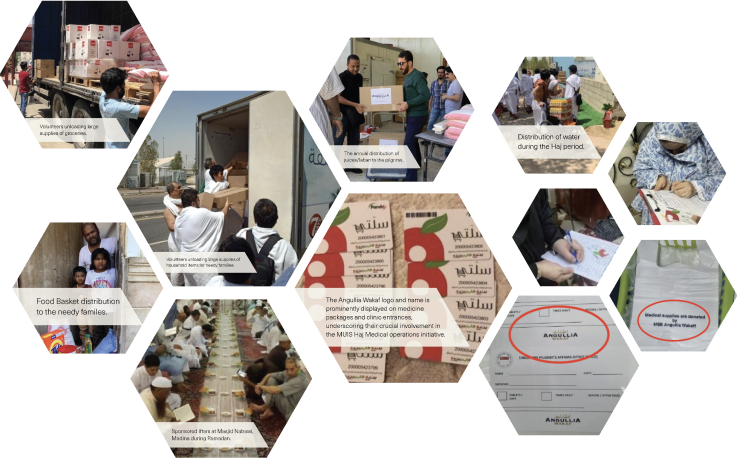
Annual Education Grants are designated to aid underprivileged families, with a preference for the descendants of the Angullia family. Additionally, these grants provide support for various educational initiatives undertaken by Muslim organisations.
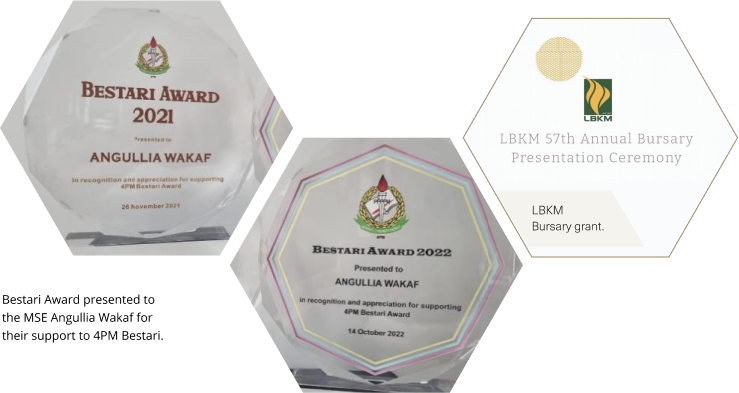
Mosques are sacred places of worship for Muslims, referred to as "Masjid" in Arabic. They are also symbolically known as Baitullah, meaning "the House of God". Muslims consider mosques an essential part of their faith and hold a strong desire to build them. The construction of the Masjid Quba by Prophet Muhammad in Medina is a significant event in Islamic history, highlighting the important role mosques play in the lives of Muslims and their communities.
Mecca's Masjid al-Haram, Medina's Masjid al-Nabawi, and Jerusalem's Masjid al-Aqsa — hold profound significance as key center of worship, pilgrimage, and historical importance in the Islamic faith.
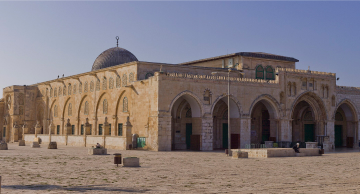
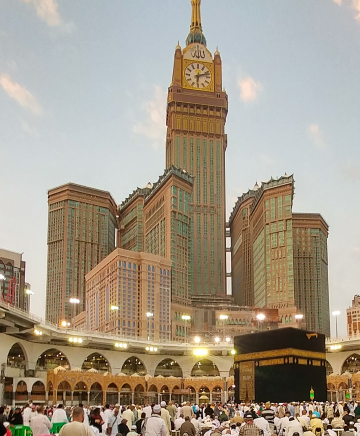

The Prophet Muhammad inspired Muslims around the world to build mosques, which led to the building of mosques by early settlers in Singapore near their places of residence or work. As of 2022, there were 72 mosques that endured over time, while others have since vanished.
Mosques in Singapore are inclusive but distinct with their cultural ties to South Asia. Seven historically and culturally rich mosques have strong connections to the South Asian community. They were established by South Asian migrants or catered to South Asian Muslims in the region. While Arabic is the language of prayer, sermons and Islamic education classes are conducted in Indian languages like Tamil, Malayalam and Urdu. These mosques, conveniently located in the city centre, have an amalgamation of languages that enhance their religious identity.
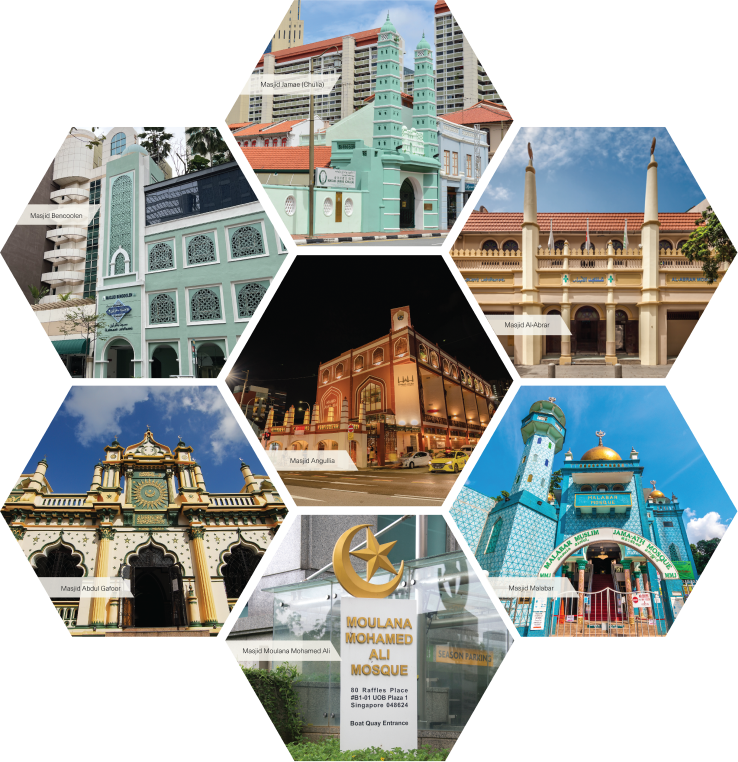
Serangoon Road, where Masjid Angullia is located, was one of the earliest roads in Singapore. As cattle farming and brickmaking businesses thrived in the area, an Indian enclave formed naturally. The adjacent racecourse, built in 1842, provided a place for Europeans to mingle and added to the area's bustling activity. During the 1850s, the community experienced remarkable growth, welcoming talented individuals with diverse skill sets, including horse trainers, farmers, butchers, brick and tile makers, coolies, firewood men, carpenters, masons and blacksmiths. Despite residing on Bencoolen Street and having their business on Kling Street, the Angullia family recognised the need for a mosque in the working-class area of Serangoon Road. According to family lore, Habib Noh, a respected Islamic saint in Southeast Asia, suggested to the Angullia family that Serangoon Road would be an ideal location for the mosque.

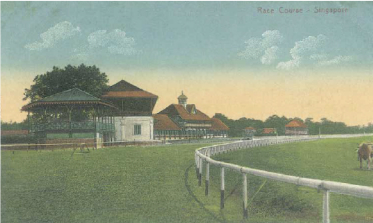

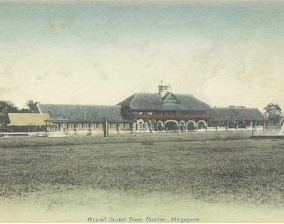
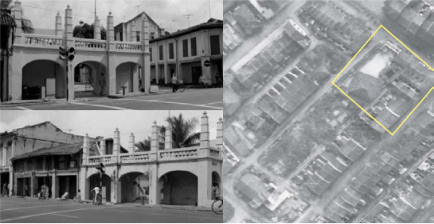
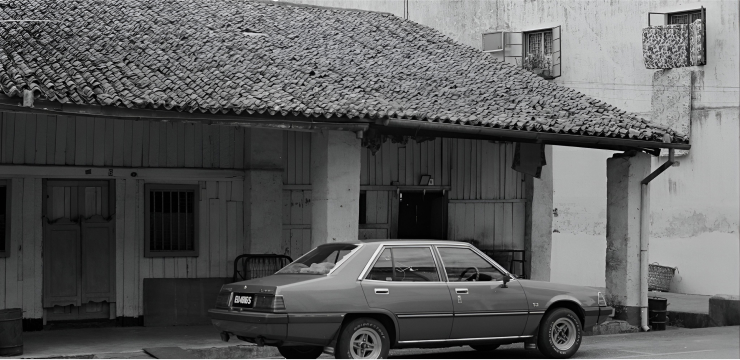

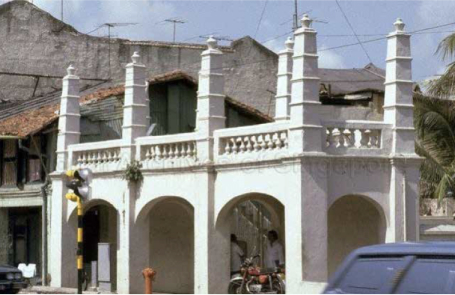
(courtesy of National Archives, Ronni Pinsler)
